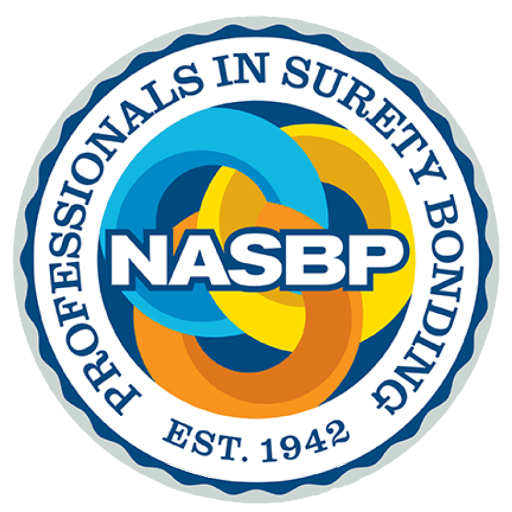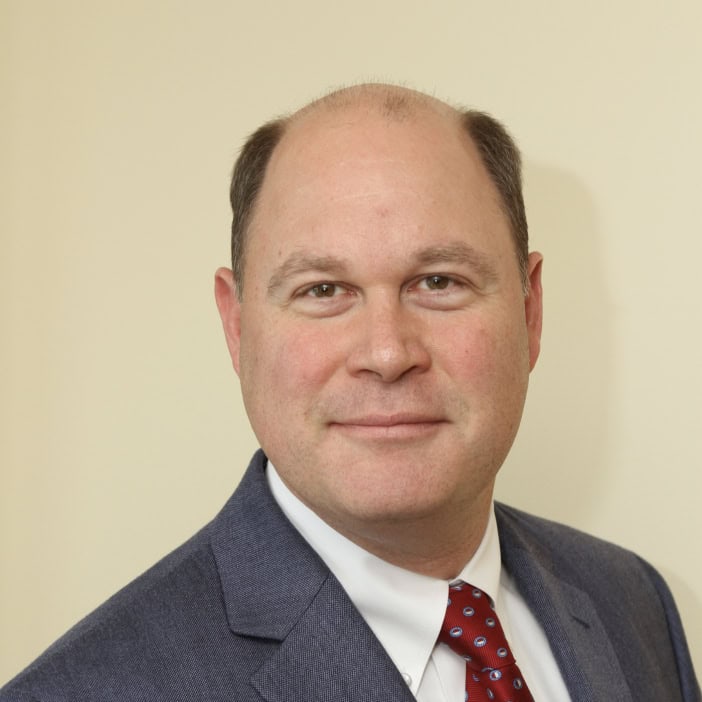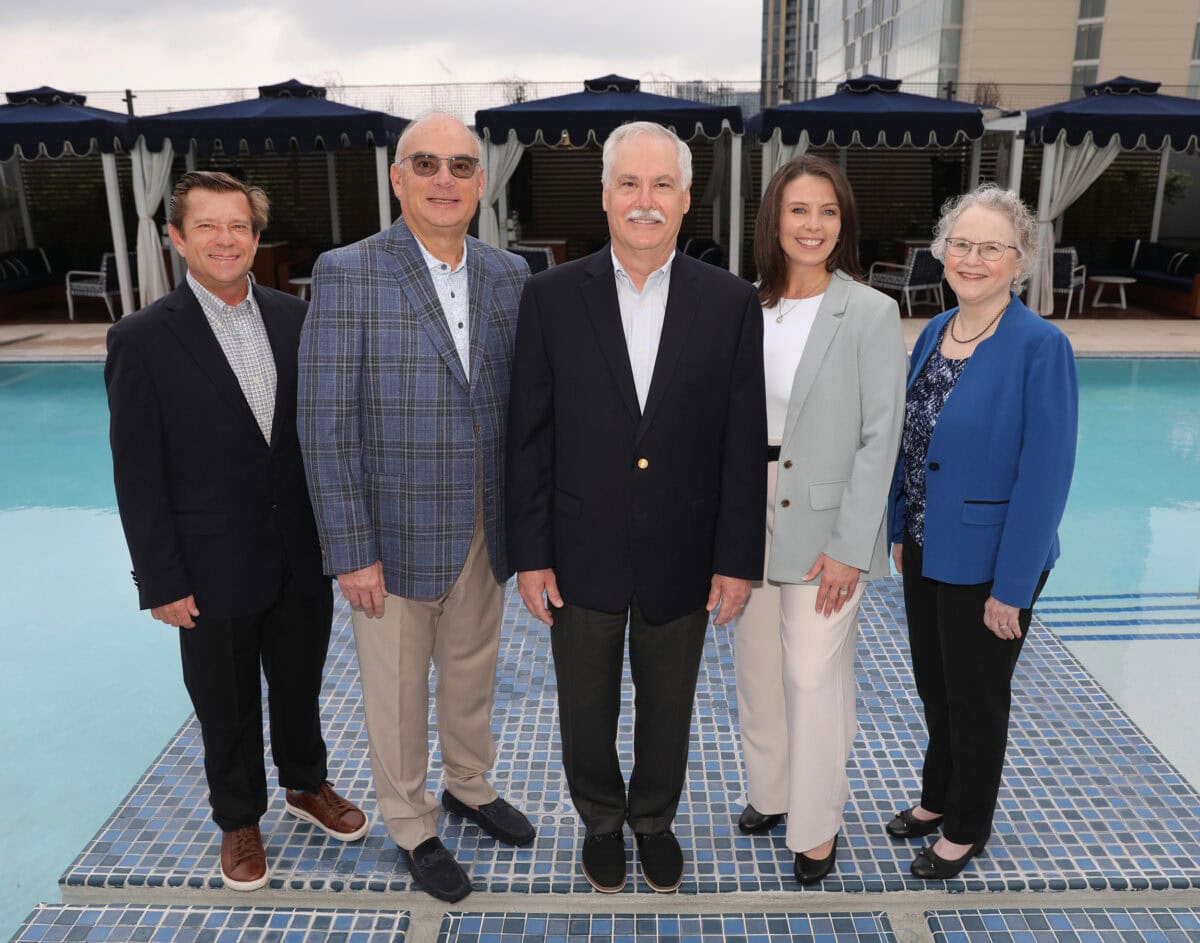SBA Office of Surety Guarantees Director Shares What’s New with the Program & Planned Initiatives for 2013
| The Director of the U.S. Small Business Administration (SBA) Office of Surety Guarantees, Frank Lalumiere, has reported that FY 2012 was an amazing year for the Surety Bond Guarantee Program.”With the help of producers and surety companies, we had the most productive year since 1998,” Lalumiere said.
Almost every significant indicator for the SBA Surety Bond Guarantee Program increased–10% more bonds guaranteed (bringing the total to over 9,500), larger contracts ($4 billion in total value), 25% more small businesses assisted, five new surety companies participating (bringing the total to 21), and a 31% increase in bond producer participation, according to Lalumiere. “The Program is the best it has ever been; underwriting guidelines and procedures are greatly enhanced,” said Joshua Etemadi of Construction Bonds Inc. -A Division of Murray Securus. |
 Frank Lalumiere |
Quick App
Among the most recent efforts to streamline the Program’s process has been the release of its new “Quick App.” “The Quick Bond Application, which applies to the Prior Approval Program, is a major departure from the process of the past because SBA requires a minimal amount of data for approval,” Lalumiere said. “The process is much less time consuming for the agent,” he added.
The Quick App requires only two forms–one that is a combination of the SBA form 990 (the Guarantee Agreement) and the SBA form 994 (the Application for Guarantee Assistance) that all three sign–the surety, contractor, and SBA. The other required form is the SBA form 912. No business or personal financial statements, tax returns, letters of reference, or credit references are required. Also, the surety must have a general indemnity agreement.
The exclusions are that the contractor cannot have a previous default, work cannot of have started already, the warranty/maintenance period cannot exceed 12 months, liquidated damages cannot exceed $250 per day, and the contract cannot involve asbestos abatement, hazardous waste removal, demolition, or timber sales.
“We have tried hard to streamline the process, Lalumiere said, adding that “If you underwrite it, it is very likely we will approve it. We will rely on your underwriting.”
“It’s easy to use and once you set up the account, it’s a breeze, ” Etemadi said.
SBA SBG Partnership with Producers and Sureties
Lalumiere explained how years ago the Program bond volume began to decline. At the time, some surety companies and agents described the Program as taking too long to pay claims and too long to approve bonds. “You can’t have a healthy partnership if that’s the way you do business,” Lalumiere said adding, “We have turned it around since then.”
“The SBA Surety Bond Guarantee program hinges on the strengths of its partnerships with bond producers and surety companies, and through this partnership we help small businesses get bonds and in turn contracts, ” Lalumiere said. “This Program was set up to encourage surety companies to bond small businesses and the incentive is our guarantee.”
Prior Approval and Preferred Programs
Lalumiere said that there are two Program components, the Prior Approval Program and the Preferred Program.
Lalumiere described the Prior Approval Program, started in 1978, as one where the bond guarantee and payment of claims requires SBA’s prior approval. Before the guarantee is attached to the bond, SBA must approve it. Two field offices, one in Seattle and one in Denver, are where the bond guarantee applications are sent. The application cycle time throughout FY 2012 averaged about two and one half days. Some take longer, such as a new account, where a performance bond guarantee application may take up to four days. The guarantee rate is 80% or 90%. It is 90% if the bond is less than $100,000 or the small business is owned and controlled by socially and economically-disadvantaged individuals, it is a HUBZone small business, or a small business owned and controlled by Veterans or Service Disabled Veterans, regardless of price.
He described the Preferred Program, which was set up in 1988, as “more of a hands-off” program. Like the Prior Approval Program, this program guarantees bonds up to and not exceeding $2 million. However, proposed legislation may bring the contract ceiling back up to $5 million (See the Capitol Hill Update article in this issue for more information on the legislation.) Individual claims are paid without an in depth review, but each Preferred Surety Company must undergo an on site audit once every two or three years. In the Prior Approval Program, where all claims are reviewed prior to payment, we turn the claim around in six days or less.
The SBA charges the small business a fee equal to .729 percent of the contract price in both programs. The surety company is also assessed a fee equal to 26% of the fee the surety charges the small business.
Michael Williams of CCI Surety agreed that among the many new improvements to today’s SBA program, overall, it requires much less paperwork than it did. “Now it requires about the same amount of paperwork required as a standard account,” Williams said.
Pay. gov Program
Another Program producers are seeing benefits from is the Pay.gov Program that allows contractors to pay their SBA fees with a credit card or directly through their checking account. Etemadi said, “In the past, the contractor would have to send a paper check to the producer, and then the producer would send it to the SBA on their behalf, which would take a couple of days.” “Now the payments are immediate, saving the contractor time and allowing the bonds to get issued quicker,” he said. “Also, the ability to pay with a credit card can help with cash flow purposes,” Etemadi added.
New Staff to Enhance Partner Relationships
Lalumiere said that the Program is also benefiting from bolstered staff support. The SBA hired two new people this year– one in Seattle, Catharine Powers, and one in Denver, Tamara Murray, who are helping to enhance communications with producers, surety companies and small businesses. Lalumiere says that Powers and Murray are facilitating customer outreach to the surety industry, local communities, small business owners, and federal agencies, as well as promoting and gathering feedback about the Program. Lalumiere encouraged surety professionals to share their feedback and suggestions about the Program should Powers or Murray contact them.
What will the Program offer new in 2013?
Lalumiere says that the Program is hoping to continue program growth in FY 2013, both in terms of the number of bond guarantees and the number of small businesses assisted. “We have a lot more to do,” he said.
Quick Apps Liquidated Damages Requirement
Lalumiere would like to address the Quick Apps liquidated damages requirement in the very near future. Following publication of the Quick App Proposed Rule in the Federal Register, numerous positive comments were received. SBA has since learned, however, that the liquidated damages ceiling needs to be increased. Lalumiere said he would like it increased to approximately $1,000 per day. The SBA will issue a notice of proposed rulemaking (NPRM) on the subject in the Federal Register sometime in 2013. Lalumiere encourages surety professionals to provide comments and feedback in this area. NASBP will keep the membership informed once the notice is published.
Digital signatures
Lalumiere also would like the Program to embrace digital signatures. “Once the government adopts a stanard process, additional time and paperwork will be eliminated.”
Preferred Program Fee
Lalumiere believes that the success of the Prior Approval and Preferred Programs is dependent upon the strength of the partnership with agents and surety companies. One issue of concern is that the Preferred Program has experienced a marked decline in bond volume. He said that 70% guarantee rate may no longer be an adequate incentive for Preferred Sureties. Since for the fifth consecutive year, the Program is not costing the taxpayer any money, this success may enable further program enhancements. “Operating so efficiently gives us room to do something to make the program more attractive to the industry,” Lalumiere said.
North American Industry Classification System
Lalumiere would like more participation in 2013 by small businesses, sureties and producers and pointed out that perhaps more would participate if more surety professionals realized that their clients qualify as small businesses. The North American Industry Classification System (that is part of the Code of Federal Regulations Title 13 Part 121) indicates that the average annual revenue per year for a heavy/civil engineering firm can be as much as $33.5 million and still be considered a small business and that the average annual revenue per year for a specialty trade firm can be as much as $14 million and still be considered a small business.
In addition, he said some sureties are hesitant for their small contractors doing contracts in the $300,000 to $400,000 range to jump to doing contracts in the $1 to $2 million range. “It is so important to kick that ceiling up to help small businesses grow and prosper,” he said.
With billions of dollars of road and bridge construction/repair work to be undertaken in the U.S. in the near future, the Program needs to be prepared to enable small businesses to be a part of that effort. Since the Program saw the number of small businesses participating increase to 1,125 during FY 2012, Lalumiere believes that number “…could triple or quadruple in the coming years. We want to increase the number of small businesses we help.”
Lalumiere encourages any agent or underwriter who has questions about the SBG Program or electronic application process to contact him. He can be reached at (202) 205-6540, (202) 401-8275 and Frank.Lalumiere@sba.gov.
For more information about the SBA SBG Program initiatives, consider listening to the Free NASBP Virtual Seminar recorded on Friday, December 7, 2012, titled “News from the SBA: Successes, Initiatives, and Future Plans – December 2012 “ and featuring Lalumiere and NASBP Members Michael Williams of CCI Surety and Joshua Etemadi of Construction Bonds, Inc.–A Division of Murray Securas.
New legislation is proposing more changes to the SBA SBG program. Be sure to read the Capitol Hill Update in this issue that describes the reforms to the SBA Surety Bond Guarantee Program and to the Program’s Mentor-Protege Agreements that are moving in Congress.
Frank J. Lalumiere is Director of the U.S. Small Business Administration Office of Surety Guarantees, 409 3rd Street S.W., Washington, D.C., 20416. He began his government career in 1978 at the Defense Contract Management Command, Defense Logistics Agency. Prior to assuming his present position at Headquarters SBA in September 2005, he served in a number of operational and staff positions, including Deputy Associate Administrator for Government Contracting & Business Development with SBA, and Chairperson of the Defense Acquisition Regulatory Council Subcommittee on Contract Administration, and Executive Director for Major Program Support at the Defense Contract Management Agency. For more information about the SBA Office of Surety Guarantees click here.
Get Important Surety Industry News & Info
Keep up with the latest industry news and NASBP programs, events, and activities by subscribing to NASBP Smartbrief.




